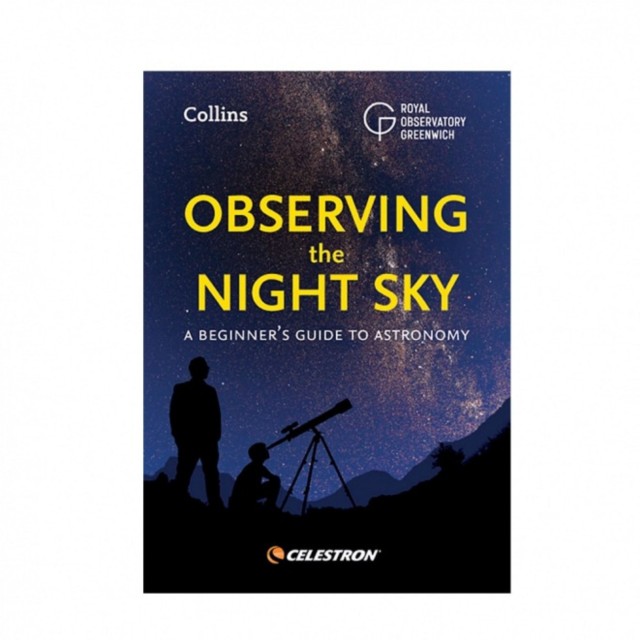Product Description
Collins Observing the Night Sky - A beginner's guide to Astronomy This book is a wonderful guide and introduction to the night sky,from the astronomers of the Royal Observatory Greenwich.This a perfect manual for beginners to astronomy, featuring helpful tips on stargazing. This is a comprehensive... read more
Collins Observing the Night Sky - A beginner's guide to Astronomy
This book is a wonderful guide and introduction to the night sky,from the astronomers of the Royal Observatory Greenwich.This a perfect manual for beginners to astronomy, featuring helpful tips on stargazing.
This is a comprehensive pocket sized (A5) paperback guide,includes all you need to know as a newcomer to astronomy. With this book you'll have a greater understanding of how to use your telescope, what to look for and how to find it. Read about observing the moon, planets and solar system and how to get the most out of your astronomy telescope or binoculars.
read less
MPN: 93735-CGL
Barcode: 29273
Collins Observing the Night Sky - A beginner's guide to Astronomy Specification
- Comprehensive stargazing knowledge
- Tips on how to take beautiful astro photographs
- Useful information on what equipment to use
- Things to see, help to explore the Solar System and Galaxy
MPN: 93735-CGL
Barcode: 29273
Finance
Spread the cost with finance on selected products. Make that dream purchase a reality and buy the latest gear from Castle Cameras today.
There are various options available, including (subject to promotion) interest free credit. If finance options are available, they will show as 'Finance Available' directly under the price. Click on that grey button and it will show you all the finance options available on that product and the monthly instalments.
Find more details about our Finance terms here. If you need any further information, please call our team on 01202 526606 or Contact us.










 Good Stock
Good Stock